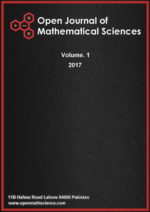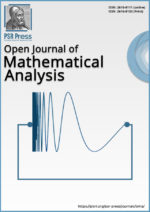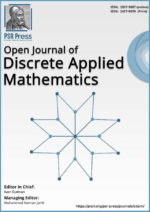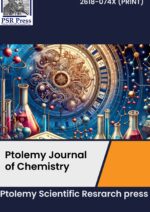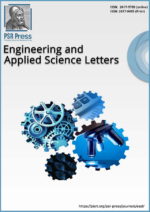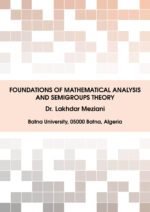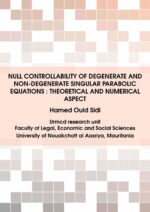Best proximity point of modified Suzuki-Edelstein-Geraghty type proximal contractions
On properties of inner product type integral transformers
A holistic comparison between deep learning techniques to determine Covid-19 patients utilizing chest X-Ray images
On the entire Zagreb indices of the line graph and line cut-vertex graph of the subdivision graph
Reverse Hermite-Hadamard’s inequalities using \(\psi\)-fractional integral
inequalities related to the Hermite-Hadamard type inequalities via \(\psi-\)Riemann-Liouville fractional integral operator.


